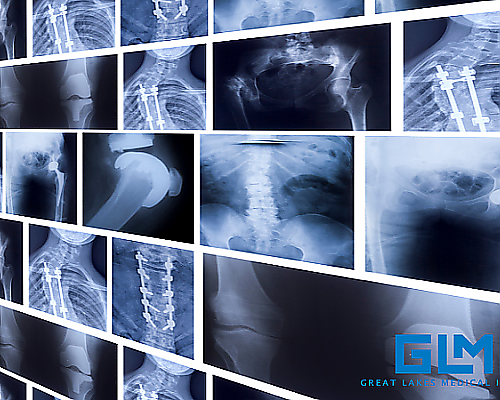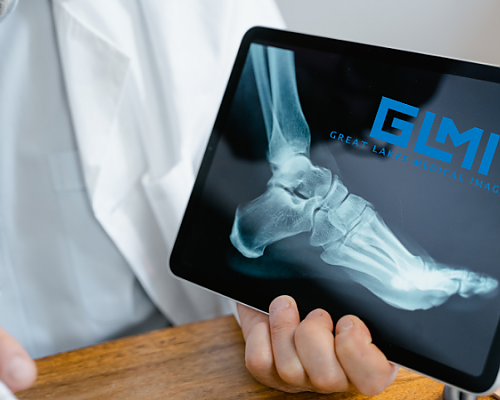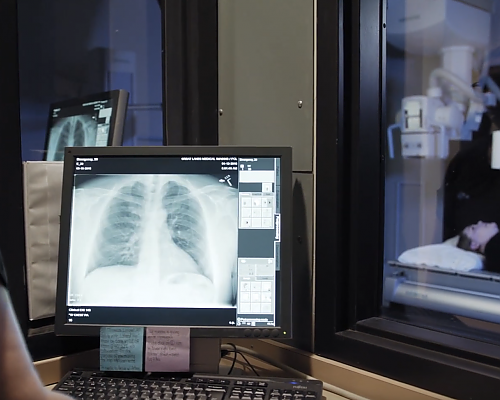Our Blog
Understanding Chronic Pelvic Pain

Chronic pelvic pain (CPP) is a common problem in women that can be difficult to diagnose. Because it is so poorly understood, the problems causing it are often missed. That can lead to repeated visits to outpatient clinics and emergency rooms.
With the advancement of imaging technology, more tools are available to help women, and their doctors better understand what might be causing this pain.
What Is CPP?
CPP is defined as pain that occurs between the belly button and hips in women. It could be a sign of disease or seen as a unique standalone condition. Often, it is unclear what is causing the pain. This is what medical professionals call unknown etiology, meaning doctors can not pin down the source of the pain.
There are many organs and structures in this area of a woman’s body, which is why a diagnosis is so difficult. This region houses the reproductive organs, the intestinal tract, and the bladder. There is also bone, arteries, and soft tissue that could be the source of the pain.
What Are the Symptoms of CPP?
CPP is not your basic stomach ache. Some women experience this pain in a single area of their pelvis. For others, it is more of a sweeping pain. General terms used to describe the pain include:
- Severe and steady
- Intermittent
- Dull and throbbing
- Sharp and crampy
- Pressure and heaviness
- Pain during intercourse
- Pain during a bowel movement
- Pain after sitting
The mix of descriptions indicates more than one problem is likely the source of CPP.
What Are the Common Causes of CPP?
The complexity of this pain may indicate there is more than one cause. A woman with it may be experiencing a number of problems that come together to cause her pain. Some likely candidates include:
- Endometriosis – Tissue from the lining of the uterus grows outside the organ. These deposits would be affected by the menstrual cycle, so they would thicken, break down and bleed the same way the uterus does, just outside of the main organ. So, anything the tissue connects to is also affected.
- Musculoskeletal issues – The pain may be in the muscle or bone tissue. Some examples of conditions that affect muscle and bone include fibromyalgia, hernia, or joint pain.
- Chronic pelvic inflammatory disease – This condition is typically associated with a long-term infection or a sexually transmitted disease
- Ovarian remnant – This is a small piece of a surgically removed structure such as an ovary, fallopian tube, or uterus. The remnant may lead to painful cysts.
- Fibroid – Noncancerous growths inside the uterus
- Irritable bowel syndrome – IBS can cause bloating and pressure in the pelvis.
- Interstitial cystitis – This is sometimes called painful bladder syndrome. This would include any condition that affects the bladder.
- Vascular issues – This is sometimes referred to as pelvic congestion syndrome. Painful varicose-like veins form around the uterus and ovaries.
- Psychological trauma – The pain can also be due to a history of abuse
The correct imaging tests can help doctors figure out what is causing this pain.
Diagnosing CPP
Healthcare providers use a variety of tools to diagnose chronic pelvic pain. It starts with a medical history and an office exam. Once an external and internal exam is done, they may decide to order tests.
Tests would involve standard blood tests like a CBC. They may also decide on imaging tests that allow them to see inside the pelvis.
Imaging Test Used to Diagnose CPP
A doctor might order three primary pelvic tests to see inside the pelvis.
Ultrasound
An ultrasound creates an image of the structures inside the pelvis. It is often the first imaging test ordered for chronic pelvic pain because it can show apparent problems.
An ultrasound isn’t a picture of the inside of the pelvis but more a drawing. The ultrasound sends pulses of sound waves into the tissue. Then, it measures the echos as they bounce off the tissue. The various reflection properties give it enough information to create an image.
For instance, the machine can measure the depth of a structure based on the strength of the echo. The computer then maps out where everything is inside the pelvis. It will also take into account things like gravity and the speed of the sound to determine the tissue type.
It is the probe on the ultrasound machine that sends the pulse of sound. Various probes are available to help get a more complete picture. The most common type slides along the surface of the skin. The technician might also use a transvaginal probe to record inside the pelvis going through the vagina.
Computer Tomography (CT)
CT scans use x-ray technology and computers to create cross-sectional images or slices. These slices give a different view of the structures inside the pelvis, one that provides more detail.
The CT scan uses a beam of energy that connects with a plate on the other side of the body. The plate captures the variations in the energy beam to create a picture.
The CT scan is one of two more comprehensive imaging tests for CPP. It is sometimes better tolerated than an MRI test, although not as detailed.
Magnetic Resonance Imaging (MRI)
An MRI is often the advanced imaging test of choice for CPP because it does offer better contrast images. The test involves the patient lying inside a large tube that contains magnets. When someone is inside the tube, the magnetic field uses the water molecules in the body to create forms. Radio waves produce faint signals to develop cross-sectional images in 3D.
Imaging tests are critical for an accurate diagnosis of chronic pelvic pain when combined with lab results and a physical exam.
https://www.mayoclinic.org/diseases-conditions/chronic-pelvic-pain/diagnosis-treatment/drc-20354371\https://patient.practicalpainmanagement.com/conditions/pelvic-pain/exams-test-diagnose-pelvic-pain
https://emedicine.medscape.com/article/258334-overview?icd=login_success_email_match_norm
‹ Back









